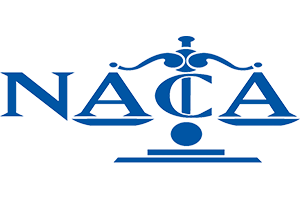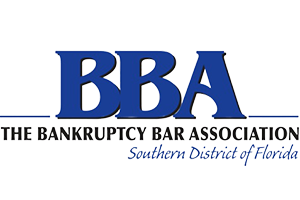Understanding means testing and bankruptcy
On behalf of Bankruptcy Law Firm of Clare Casas on Friday, October 24, 2014.
When an individual or couple decides to file bankruptcy in Florida, they must meet specified requirements in order to have debts written off. After determining how much a family needs to pay for regularly monthly expenses, the court can determine if they will restructure debts or will qualify to have certain debts forgiven. The benchmark is called a means test and is not based on the family’s actual spending habits. The threshold is based on information gathered by the Census Bureau regarding how much the average family of that size would spend.
The courts recognize that people have ongoing expenses that are difficult to reduce. These allowable living expenses include the cost of food, clothing, household items and out-of-pocket medical expenses. People seeking a full liquidation through bankruptcy are allowed to claim the national standards during the testing. The standards are adjusted from one location to another to allow for variances in prices between different regions.
In addition to allowing for expenses related to food and clothing, people can also claim their housing, utilities and transportation costs. The amount allowed includes the cost of area taxes, repairs, maintenance and utilities. When a debtor owns a car and needs to have that expense included. If there is no balance owed on a car, then the debtor may only write off the related maintenance expenses.
The results of the means test is affected by several factors, and it is vital for debtors to pay close attention to detail when going through the worksheets. If the remaining income is sufficiently high, then the courts will deny the petition for liquidation, and the debtor may be required to restructure the debts. An attorney can provide assistance with this process as well as guidance regarding which option is a better fit for the debtor.
Source: The United States Department of Justice, “Means Testing“, October 19, 2014







